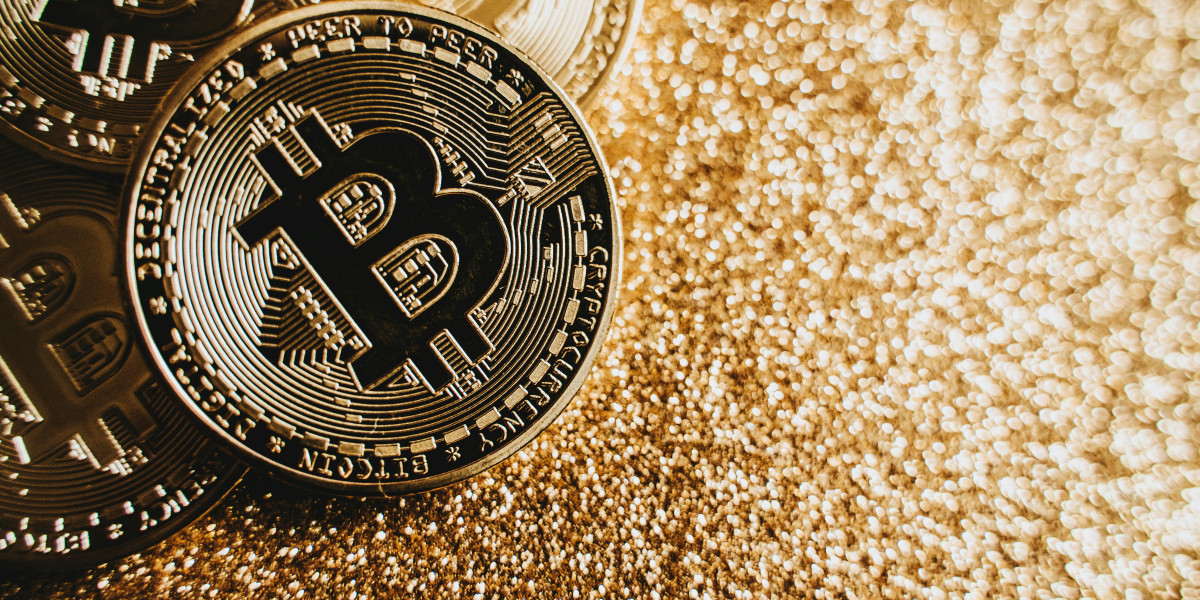Coins have been a vital part of human history for over two millennia. But while most coins are simply tools for trade, rare coins hold a much deeper significance. These elusive pieces often become the crown jewels of collectors, museums, and investors alike. They embody stories from the past, errors from minting, and values that go far beyond their metal. This article dives into the fascinating world of rare coins—how they are defined, examples from different eras, and how you can start exploring their value.
What Is a Rare Coin?
A rare coin is typically one that is hard to find due to its limited production, historical importance, unique error, or preserved condition. It's not always about age—a recent coin with an unusual flaw can be rarer than a 500-year-old one.
Key Traits of Rare Coins:
Scarcity: Very few of the coin exist today.
Historical Significance: Coins issued during specific regimes or events.
Minting Errors: Mistakes like double prints, missing images, or incorrect dates.
Material Composition: Rare metals like gold, platinum, or combinations.
Condition and Grading: Coins kept in mint or uncirculated condition are highly valuable.
Types of Rare Coins
There are different types of rare coins, each with its own appeal and market demand. Understanding them helps collectors find their niche and grow a focused collection.
1. Ancient Coins
Often over 1,000 years old, ancient coins were hand-struck and carry images of rulers, deities, and scenes from daily life.
2. Medieval Coins
These reflect transitional periods of history—wars, dynasties, and trade expansions—and are harder to find due to low survival rates.
3. Colonial Coins
Minted during the rule of empires like the British or Portuguese, these coins often carry unique markings, languages, or ruler portraits.
4. Commemorative Coins
Issued in small numbers to mark anniversaries, achievements, or leaders—usually never re-minted, making them instant collectibles.
5. Error Coins
Any coin with a minting defect—off-center printing, wrong planchets, or design overlaps—is typically unique and highly sought after.
Noteworthy Rare Coins in History
Some rare coins have fetched extraordinary prices due to their background and condition. Here are a few notable examples:
1933 Double Eagle (USA): A $20 gold coin that was never officially released. One copy sold for over $7 million.
1911 King George V Silver Rupee (India): Considered rare due to limited production during that year.
Gupta Dynasty Gold Coins (India): Famous for their intricate designs and limited availability.
Punch-marked Silver Coins (Ancient India): Among the earliest Indian coinage, each with unique symbols.
These examples reflect how diverse and intriguing rare coins can be, whether they come from the East or West.
How to Identify a Rare Coin
If you have an old coin or come across one that looks different, it’s worth checking whether it's rare. Here’s how you can start the evaluation:
Date and Mint Mark: Check for specific years and the mint where it was produced.
Design Elements: Look for unusual symbols, missing features, or historical figures.
Compare with Catalogs: Use published coin guides or reference books to match details.
Assess the Condition: Even small scratches can affect value; coins in perfect state are more rare.
Consult Experts: Visit a local numismatics club or coin appraiser for verification.
Authenticating a coin early ensures you treat it with the care and respect it deserves.
How to Start Collecting Rare Coins
Whether you’re in it for the history, the thrill of the hunt, or the potential financial return, coin collecting is an exciting and educational hobby.
Steps to Begin:
Pick a Focus Area: This could be based on era, geography, metal, or ruler.
Gather Basic Tools: A magnifying glass, coin holder, gloves, and a storage box.
Read and Research: Learn about coin types, grading systems, and history.
Visit Shows or Auctions: Great places to learn, buy, and interact with other collectors.
Join a Community: Numismatic societies or online forums can offer advice, help, and trade opportunities.
Starting small is perfectly fine—what matters is your passion and attention to detail.
Coin Grading: Understanding Value by Condition
Coin grading determines how well a coin has been preserved over time. It plays a huge role in market value.
Grading Scale:
Poor (P-1): Barely identifiable.
Good (G-4 to G-6): Heavily worn.
Fine (F-12 to F-15): Moderate detail, readable.
Extremely Fine (EF-40 to EF-45): Very slight wear.
Mint State (MS-60 to MS-70): Looks brand new.
Higher grades generally translate to higher demand and higher prices.
Are Rare Coins a Good Investment?
Rare coins can be more than a hobby—they can be part of a diversified investment portfolio. Many investors purchase coins for long-term value growth, especially in times of inflation or economic uncertainty.
Benefits of Investing in Rare Coins:
Physical Asset: You own a tangible item.
Limited Supply: High rarity ensures stable or rising value.
Global Market: Buyers and sellers exist all over the world.
Historical Appeal: The longer the history, the more prestige and demand.
But like any investment, it requires caution, research, and expert advice to make wise decisions.
Conclusion
Rare coins are more than just antique currency—they are keys to understanding culture, history, and craftsmanship. From ancient empires to modern mint errors, these coins offer stories and value that far exceed their original use. Whether you're a collector, a historian, or an investor, rare coins present an engaging and rewarding pursuit. Start your journey with curiosity, patience, and a willingness to explore—and you may just uncover a hidden treasure in the palm of your hand.
Important Links







